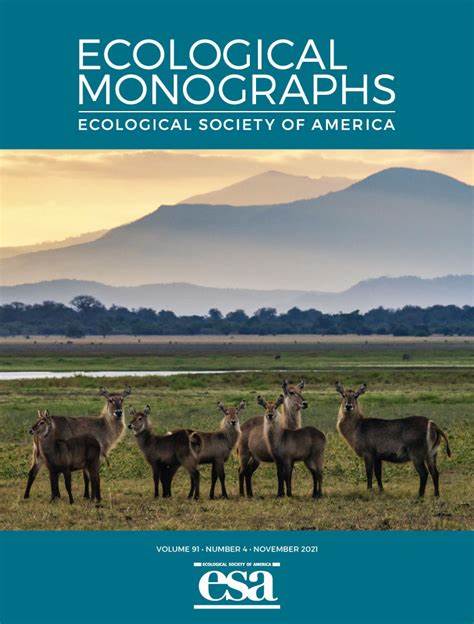- Department:(Dept. 5) Evolutionary and Integrative Ecology
Climate-induced forest dieback drives compositional changes in insect communities that are more pronounced for rare species
Insects declines are now recognised as a consequence of global change. The authors set out to determine the role of drought-induced forest decline in these changes. Using field samples in the Pyrenees and DNA-metabarcoding to determine the species that occur there, they found no loss of species richness in forests experiencing tree loss, but uncovered large differences in the insect communities.
A global agenda for advancing freshwater biodiversity research
Researchers from 90 scientific institutions worldwide have stated that freshwater biodiversity research and conservation lag far behind the efforts in terrestrial and marine environments. They propose a research agenda with 15 priorities aimed at improving research on biodiversity in lakes, rivers, ponds and wetlands. This is urgently needed as the loss of biodiversity there is dramatic.
Experimentally decomposing phytoplankton community change into ecological and evolutionary contributions
The authors experimentally quantified ecological and evolutionary contributions to total phytoplankton community change in response to elevated CO2 concentrations. They show a novel experimental approach to study ecological and evolutionary contributions to community features, and observed a decline in phytoplankton abundance to elevated CO2 that could be mainly explained by ecological changes.
From microbes to mammals: agriculture homogenizes pond biodiversity across different land-use types
The team investigated the aquatic biodiversity in ponds located in different land-use types embedded in an agricultural area. Intensive agriculture erased most differences in aquatic biodiversity between grasslands, forests, and arable fields across all species from microbes to large organisms. Sediments, serveing as a biodiversity archive, reveal that such differences occured in the area.
Competition alters species’ plastic and genetic response to environmental change
The authors exposed three freshwater ciliates to long-term selection of increasing salinity in the absence and presence of competitors. Their results show that the evolutionary and plastic responses to increasing salinity depended both on interspecific competition and the magnitude of the abiotic salinity change, ultimately determining species persistence.
Genomic regions associated with adaptation to predation in Daphnia often include members of expanded gene families
The authors investigated the genetic basis underpinning the adaptation of prey to predation. The expansion of multiple gene families might be a key evolutionary event for Daphnia to survive in a habitat containing predators. For example, the expansions of gene families associated with chemoreception and vision allow Daphnia to enhance detection of predation risk.
Integrating fundamental processes to understand eco-evolutionary community dynamics and patterns
The authors propose a framework to study eco-evo dynamics in communities by considering interactions between the processes of evolutionary biology (selection, gene flow, genetic drift and mutation) and community ecology (selection, dispersal, ecological drift and speciation). Such a framework will enable explorations of the full range of eco-evo dynamics and guide the design of novel experiments.







